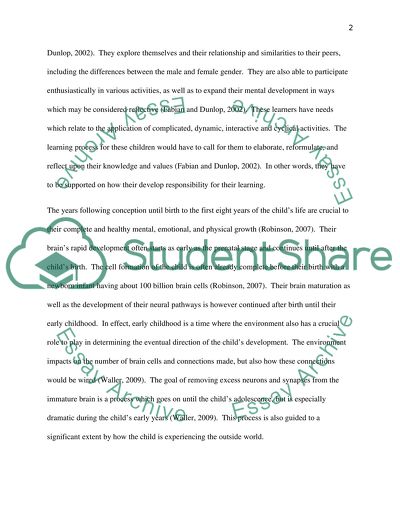Cite this document
(“Children's Development, Health and Well-being Essay”, n.d.)
Children's Development, Health and Well-being Essay. Retrieved from https://studentshare.org/education/1468956-childrenyies-development-health-and-well-being
Children's Development, Health and Well-being Essay. Retrieved from https://studentshare.org/education/1468956-childrenyies-development-health-and-well-being
(Children'S Development, Health and Well-Being Essay)
Children'S Development, Health and Well-Being Essay. https://studentshare.org/education/1468956-childrenyies-development-health-and-well-being.
Children'S Development, Health and Well-Being Essay. https://studentshare.org/education/1468956-childrenyies-development-health-and-well-being.
“Children'S Development, Health and Well-Being Essay”, n.d. https://studentshare.org/education/1468956-childrenyies-development-health-and-well-being.


